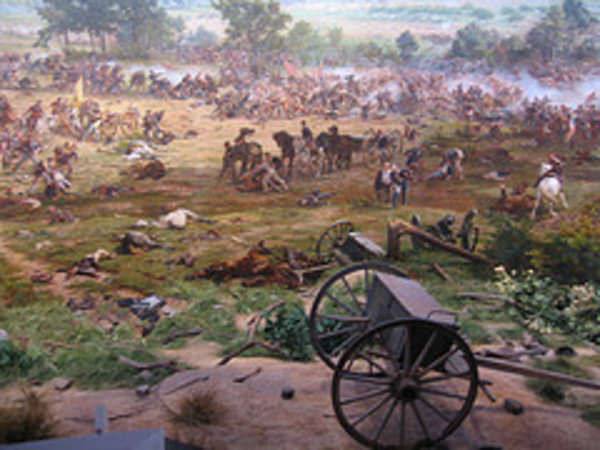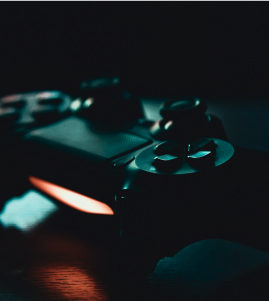We’ve covered the use of web-, mobile- and location-technologies in the service of the humanities a great deal here at ReadWriteWeb. In fact, my beat, “the culture of technology and the technology of culture” is pretty much devoted to it. Just check out the way we’ve reported changes in archaeology here to get a picture of how extraordinary tech-based discoveries have been in just one discipline.

Now, the New York Times has published a worthwhile article on “geospatial humanities.” This story focuses on location. It’s interesting for the examples it uses. But it might be most important for how one of the most important mainstream journalistic vehicles in the United States has conceived what is happening. It has titled it. It has lifted “geospatial humanities” out from its matrix, like an archaeologist lifting a Clovis point out of the New Mexican earth.
Here are some examples of from the New York Times of how geotech is being used to understand where we came from.

- Gettysburg: rebuilding the topography of the battlefield as it existed at the time
- Salem: the geography of the witch trials
- The Dust Bowl: extent and reason for erosion during the Great Depression
- Eastcheap: the lay of the land and the location of the taverns where Shakespeare’s Prince Hal and Falstaff prowled
To these, I would add our own examples of geospatial humanities discoveries.
- Nile Delta: 17 new pyramids, 1,000 new tombs and 3,000 new villages found
- Gallipoli: the historical topography of the World War I battlefield
- Global Heritage: understanding threats to historical sites around the world
- Antique maps: software that allows scientists and academics to extract 3D buildings from old maps
- Ancient Arabia: 2,000 new archaeological sites in Saudi Arabia found via GIS
Spatial humanities has already given birth to its first dedicated center, the Polis Center, in Indianapolis, Indiana.
The scientists, critics, academics and others who are bringing this new technology to bear on our historical patrimony are making things up as they go along. But those things they are making up are already starting to form the standards that future investigators will measure their own research against, and hopefully exceed.
Cyclorama photo from Desiree Williams | other sources: PopSci

















